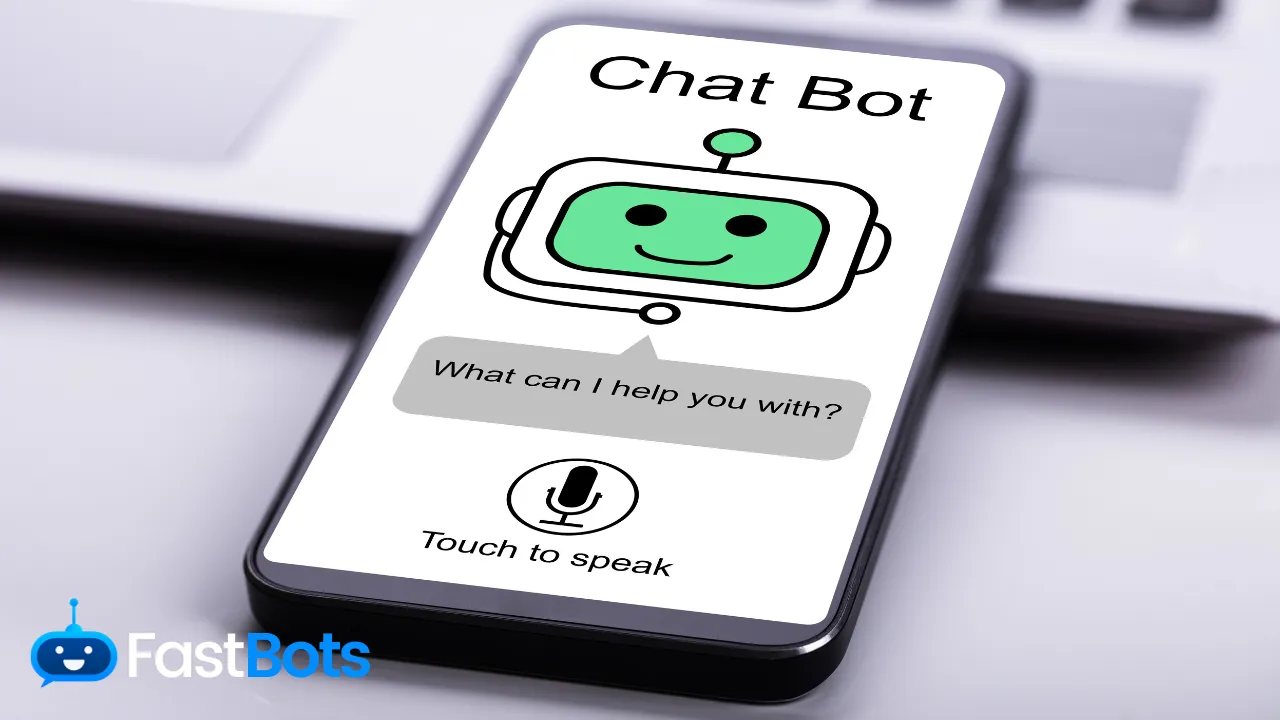From the realms of sci-fi to everyday facets of our lives, chatbots have emerged as a powerful tool for streamlining customer service operations. Among the numerous subcategories in the chatbot armada, voice chatbots, in particular, are gaining significant traction. Facilitated by advancements in technology and AI, this voice-enabled tool is transforming and reinforcing traditional call centres' productivity and efficiency.
With a projected solid growth until 2023, as per LiveAgent's research, it's high time we delve deeper into voice chatbots, their implications, and the potential advantages they offer in the realm of customer service.
Unravelling the Enigma: What are voice chatbots?
Voice chatbots are essentially automated software applications that interact with humans using voice-enabled inputs and outputs. Their principal application lies in replicating human-like interactions, thereby offering a seamless and efficient customer service interface. Simplistically, it's AI complemented by a voice offering a personalised customer experience.
A Tour of Voice Chatbots in Action
A stellar example of a voice chatbot in action is Amazon's virtual assistant, Alexa. With voice as its primary interface, Alexa can mimic human-like interactions—ranging from playing music to controlling smart home devices—making it a pivotal player in advancing the role of voice chatbots.
The Sphere of Chatbots: Four Types
While there's a growing focus on voice chatbots, it's essential to identify and differentiate them within the broad spectrum of chatbots.
1. Scripted (button) chatbots work via a predefined click-based menu.
2. Intelligent (AI) chatbots have the ability to self-learn and enhance their performance.
3. Application Chatbots: They generate an interface for existing applications.
4. Voice Chatbots: They interact using voice commands.
As each category has its own pros and cons, voice chatbots, however, stood out by offering the most natural form of communication—voice.
AI and Voice: An Unstoppable Duo
AI-powered voice chatbots are a reality. Siri, Google Assistant, and Amazon Alexa are a few of the multifarious instances of AI voice chatbots. These chatbots leverage natural language processing and machine learning algorithms to understand and simulate human-like conversations, offering a personalised user experience.
Efficiency in Call-Centre Operations: A Case Study
To grasp the value of voice chatbots, consider a snapshot of the average call centre's performance. These centres receive roughly 4,400 calls per month, split between answered, missed, blocked, and dropped calls. This equates to about 200 calls per day or 1,000 per week, with an unfortunate average of 48 missed calls each month.
But with voice chatbots, these numbers can be drastically improved by effectively managing the high influx of calls even beyond working hours.
Optimised Strategy with Voice Chatbots
Voice chatbots come packed with potential, serving as a tool for better customer interaction and communication. When implemented strategically, these chatbots can answer customer inquiries, route calls, and perform routine tasks, thereby decreasing workload and enhancing overall productivity and customer satisfaction.
Conclusion: The Future with Voice Chatbots
Voice chatbots are more than just a technological fad. When deployed intelligently, voice chatbots can prove to be a game-changer in reshaping the landscape of customer service. They can interpret and analyse customer behaviour, sentiment, and preferences, providing useful data-driven insights to businesses for improving their products and services.
Moreover, given the rapid pace of technological advancements and a growing demand for superior customer experiences, voice chatbots are set to become an integral part of customer service across industries.
The development of advanced machine learning algorithms and natural language processing technologies has only enhanced the potential of voice chatbots, enabling them to offer sophisticated, nuanced, and more human-like interactions. As these chatbots continue to evolve and mature, we can expect businesses to further leverage them to drive operational efficiency, cost savings, customer satisfaction, and ultimately, increased revenue.
The market for voice chatbots is not just growing; it's thriving. Enterprises that adopt this technology successfully can edge out their competition, improve their brand image, and create fulfilling experiences for their customers. For others, the lack of adoption may well mean missed growth opportunities and potential market share.
While the journey towards mass acceptance and deployment of voice chatbots is laden with challenges, the benefits are undeniable. As the AI revolution reshapes industries, voice chatbots stand at the forefront of this transformation—a worthy investment for the enterprise of tomorrow.
In conclusion, decoding and keeping pace with this voice chatbot revolution is no longer a 'nice-to-have' but a critical business imperative in this digital-first era. As the narrative around customer service continues to evolve, voice chatbots will emerge as the heroes of this change, driving value and reshaping the future of customer interactions in unimaginable ways.
Frequently Asked Questions:
What are voice chatbots?
How do voice chatbots differ from regular chatbots?
Can voice chatbots understand different languages?
Are voice chatbots secure for handling sensitive information?
What are some common applications of voice chatbots?

